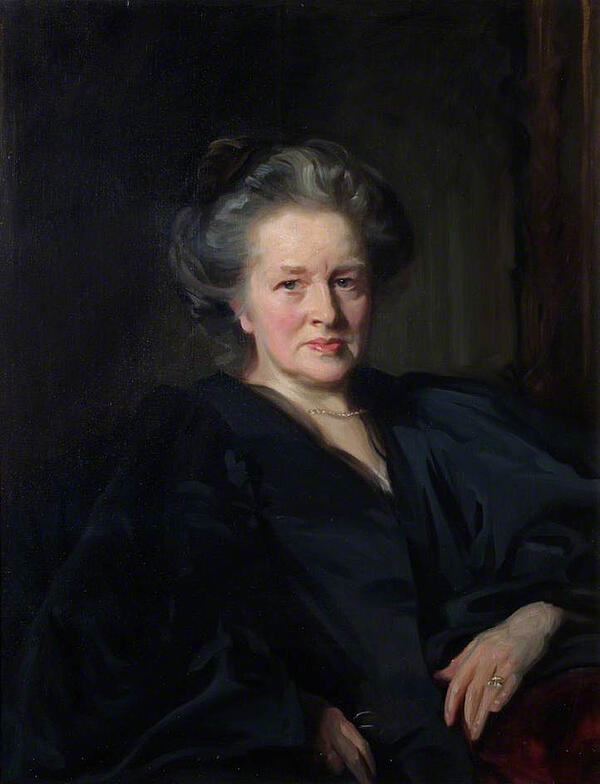Women in 1900
At the beginning of the 20th century, women’s role was largely limited to the home or domestic work. Although there had been some campaigns for women’s suffrage in the previous century, women in 1900 still did not have the vote.
Organised campaigns for women's suffrage began to appear in 1866 and from 1888 women could vote in many local council elections, but women still had few rights in 1900. Their opportunities were restricted by social expectations and norms.
If married, most women stayed at home to look after the children while their husband worked and brought in a weekly wage. The majority of working women were unmarried, and they were limited to roles in teaching, nursing or domestic work. For most, the expectation was that they would get married and have children.

At the beginning of the century most waged work for women was found in trades associated with female skills or proclivities, particularly where these were also casual and low paid. Domestic service of all kinds was the single largest employer of women (40 per cent of female occupations stated in the census of 1851 in provincial cities and 50 per cent in London). The textile and clothing sectors were the second most popular.
Women were also found in large numbers in pottery and metalware and in a variety of petty trades, especially in towns, such as laundry work, seamstressing cleaning and retailing. Because many sectors which employed large numbers of women were concentrated in certain regions of the country, the statistics of female labour force participation varied across the country.
Nearly all female teachers taught young children in primary schools.
In the final years of the 19th century, Elizabeth Garrett Anderson became the first woman to qualify to be a doctor. She had to overcome many prejudices to succeed in her profession, but she became a hugely successful physician.
MLA Citation/Reference
"Women in 1900". HistoryLearning.com. 2025. Web.
